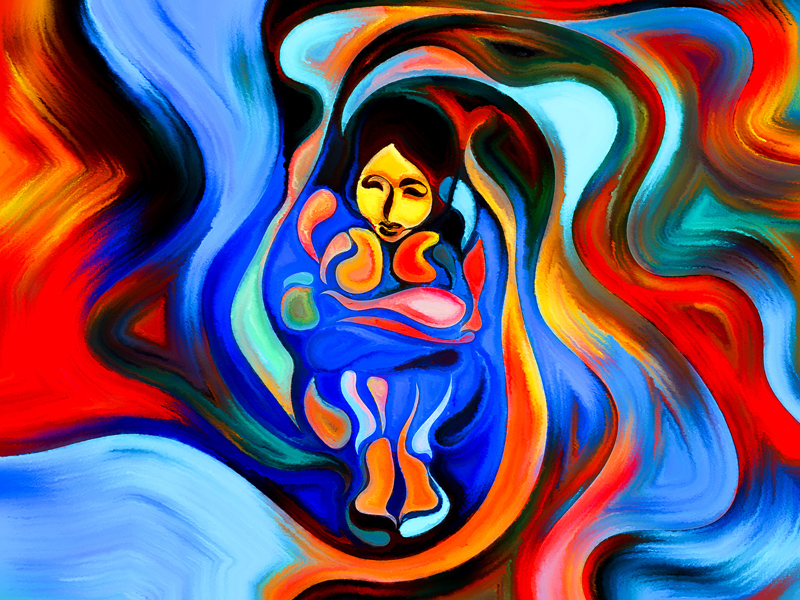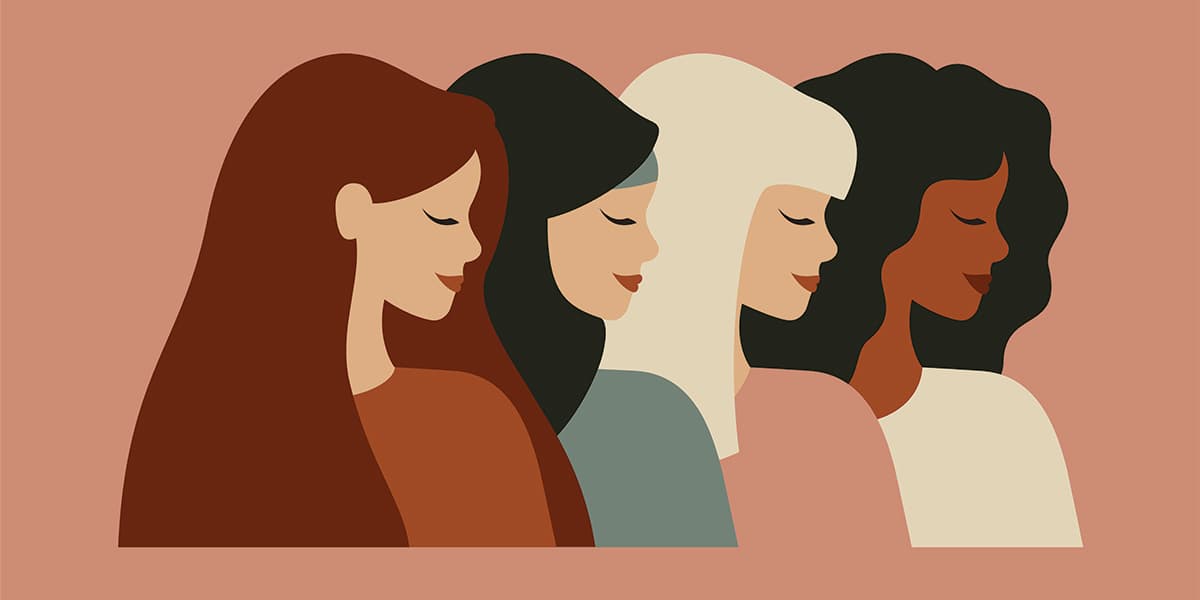There have been many extrapolations of the idea of the ‘contemporary Indian woman‘. Be it web series like Bombay Begums, Four More Shots Please, other popular culture narratives or any kind of iteration that centers women, all of them examine the complexities of the choices made by the women of today, which run deep into their social atmosphere of being a woman in a development facing country.
There is a constant defining and re-defining of what makes a modern Indian woman truly modern, sometimes by the colonial other, by the patriarchal society, or some other times by ministers positioning the independent choices of women as a threat to the feudal archaic morality of our cultural milieu.
Are we to understand the contemporary woman only in its contrary relation to the ‘traditional woman‘, and does the relationship have to be necessarily one of contradictions? Is it the case that the choices being made by the women of today are opposed to the ones made by women of earlier generations or are changes in thought the outcome of varied situations and evolving times? We often pit an ideal mould of female behaviour against another to reinforce our biases. An example of this would be the good mother v. the bad mother trope. In this midst, how do we define the ‘contemporary Indian woman‘?

The one who balances it all
In the present socio political climate of our country, women play multiple roles. They sometimes switch identities and become the respected, the feared, the insulted, the sidelined, the survivor and the invisibilised. Swinging between fear, societal constraints, courage, and multiple other moulds, they embody the cumulative personhood of the modern Indian woman.
What is significant to identify here is that it is the atmosphere and the general context of the nation that has stepped into an era we generally call modern. Women are just individuals within this context who make choices which we try to slot into categories.
This adorning of various roles by a woman seems to connect back to the Aristotelian metaphysical distinction of form from matter where the form is better than matter. In other words, the society, predominantly male-dominated, is the form which decides what structure women should be put into. The woman is the being or the matter, negotiating the various forms
We often hold women to higher standards and even deify them to pedestal. Being divine is easy, but being human is the most difficult task. Despite the circumstances or pace of the changing times, women are even today, expected to do it all. The ‘modern‘ woman, as we categorise, is supposed to play it cool while balancing everything. Housework, child rearing, professional pursuits, fitness, nurture – she is one who is positioned as an embodiment of multi tasking. This is often how we place the ‘modern Indian woman‘. One who dons many hats and is on her toes every single day.
Also read: Women In The Streets: Walking Through History, Literature And Activism

Being and becoming: Matter vs form
If we truly examine the women of our times, contrary to the binary boxes we put them in, it can be observed that today’s woman is still becoming. That is not to say that this new woman is better or right in a greater capacity, but just to say that she is more mindful of her agency and space to figure it out on her own terms.
This woman becomes the lone traveler in public transport, the loud one at an eatery, the one who is burdened with work, the trailblazer at a corporate and so on. She also becomes the homemaker, an unpaid caregiver. If we add intersectionalities like caste, class, sexuality and the like to this mix, female identity becomes even more layered.
The choices or freedom of women as Beauvoir extrapolates, are not a given in an absolute sense but located in the form and context of their situation. If the society doesn’t look beyond our choices, bodies, and freedom there would always be this binary of a good and bad woman, especially when we try to understand contemporary Indian women. Unless we stop creating monolithic ideals of what it means to be a modern, contemporary Indian woman, the lived experiences and narrative truths of women will never be represented
This adorning of various roles by a woman seems to connect back to the Aristotelian metaphysical distinction of form from matter where the form is better than matter. In other words, the society, predominantly male-dominated, is the form which decides what structure women should be put into. The woman is the being or the matter, negotiating the various forms.

This form associated with maleness in a male-oriented society is the situation, the context that determines the essence of a woman, the matter. When the society steps into technological revolution and insutrialisation and modernises its ways, it also changes this form. The form here is now modern and the women in it are in a complex mix of being and becoming, breaking and forming.
All this reminds us of philosopher and feminist icon Simone de Beauvoir who has written extensively on situated choices and situated freedom. Removing the situation and bodies while making choices would make all the attempts to understand them futile. To be able to understand the choices being made by the women of today, we need to place them in their subjective situations and then reflect upon them more closely.
The choices or freedom of women as Beauvoir extrapolates, are not a given in an absolute sense but located in the form and context of their situation. If the society doesn’t look beyond our choices, bodies, and freedom there would always be this binary of a good and bad woman, especially when we try to understand contemporary Indian women. Unless we stop creating monolithic ideals of what it means to be a modern, contemporary Indian woman, the lived experiences and narrative truths of women will never be represented.
Dr. Richa Shukla is an Assistant Professor of Philosophy at Jindal Global Business School, OP JGU with interests in Feminist Epistemology and Phenomenology. You can find her on Facebook.
Mansi Rathour is a Lecturer of Philosophy at Jindal Global Law School, OP JGU with research interests in political philosophy and feminist epistemology. You can find her on Facebook.
Featured Image Source: Student Edge




